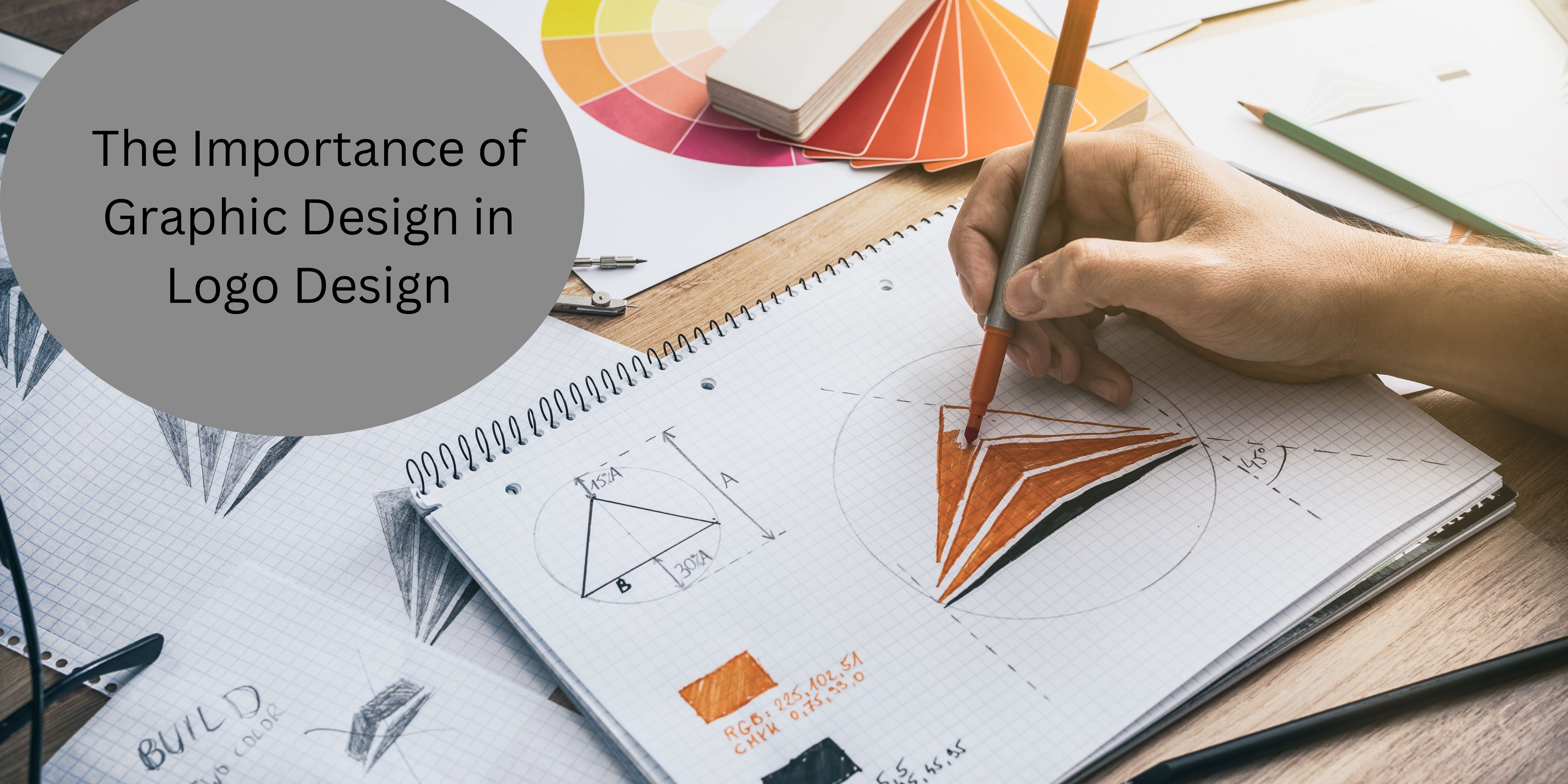
The Importance of Graphic Design in Logo Design
The Importance of Graphic Design in Logo Design
In the world of branding, a logo is often the first impression a company makes on its audience. It is the visual cornerstone of a brand’s identity, encapsulating the essence of the business in a single image. But behind every successful logo lies the critical art of graphic design. This blog will explore the importance of graphic design in logo design, highlighting how it shapes brand identity, ensures visual appeal, and communicates a company’s values and mission.
1. Defining Brand Identity
Graphic design is the bridge that connects a brand's identity with its audience. Through careful consideration of color, typography, and imagery, a graphic designer crafts a logo that embodies the brand’s personality. Whether a brand is fun and playful, sleek and professional, or bold and adventurous, the logo must reflect these qualities at a glance. Graphic design is essential in translating these abstract brand values into a concrete visual form that resonates with the target audience.
2. Creating Visual Appeal
A logo must be visually appealing to capture attention and leave a lasting impression. Graphic design plays a crucial role in achieving this by balancing elements like color, shape, and typography. A well-designed logo is aesthetically pleasing, with a harmonious blend of these elements that make it easy to recognize and remember. Graphic designers use principles such as contrast, alignment, and symmetry to create logos that stand out in a crowded market and remain memorable over time.
3. Ensuring Versatility and Scalability
One of the key challenges in logo design is ensuring that the logo looks great across all mediums and sizes. Whether it’s on a business card, a billboard, or a website, the logo needs to maintain its integrity and legibility. Graphic design ensures that a logo is versatile and scalable, allowing it to be reproduced in various contexts without losing its effectiveness. This includes creating different versions of the logo, such as a simplified version for small-scale use or a monochrome version for specific printing needs.
4. Communicating a Message
A logo is more than just a visual symbol; it’s a communication tool. Through the use of design elements, a logo can convey the core message of a brand. For instance, a tech company might use sleek, modern lines and a cool color palette to communicate innovation, while an organic food brand might use earthy tones and natural shapes to emphasize sustainability. Graphic design is the medium through which these messages are visually articulated, ensuring that the logo not only looks good but also tells a story.
5. Building Brand Recognition
Consistency in design is key to building brand recognition, and a logo is a central part of this consistency. Graphic design ensures that the logo aligns with other brand elements, such as packaging, website design, and marketing materials, creating a cohesive brand identity. A well-designed logo becomes synonymous with the brand itself, making it easier for consumers to recognize and recall the brand in various contexts. Over time, this recognition builds trust and loyalty among the audience.
6. Differentiating from Competitors
In a competitive market, standing out is crucial. A unique, well-designed logo can differentiate a brand from its competitors. Graphic design plays a vital role in this by creating a logo that is distinct and reflective of the brand’s unique value proposition. Through creative design, a logo can set a brand apart, making it more likely to be chosen by consumers over other options.
Conclusion
Graphic design is at the heart of effective logo design. It’s not just about creating something visually appealing; it’s about crafting a symbol that embodies the brand’s identity, communicates its values, and resonates with its audience. A well-designed logo is a powerful tool in building brand recognition, fostering customer loyalty, and differentiating a brand in a crowded marketplace. In the end, the importance of graphic design in logo design cannot be overstated—it’s the key to making a lasting impression and driving the success of a brand.


.jpg)









